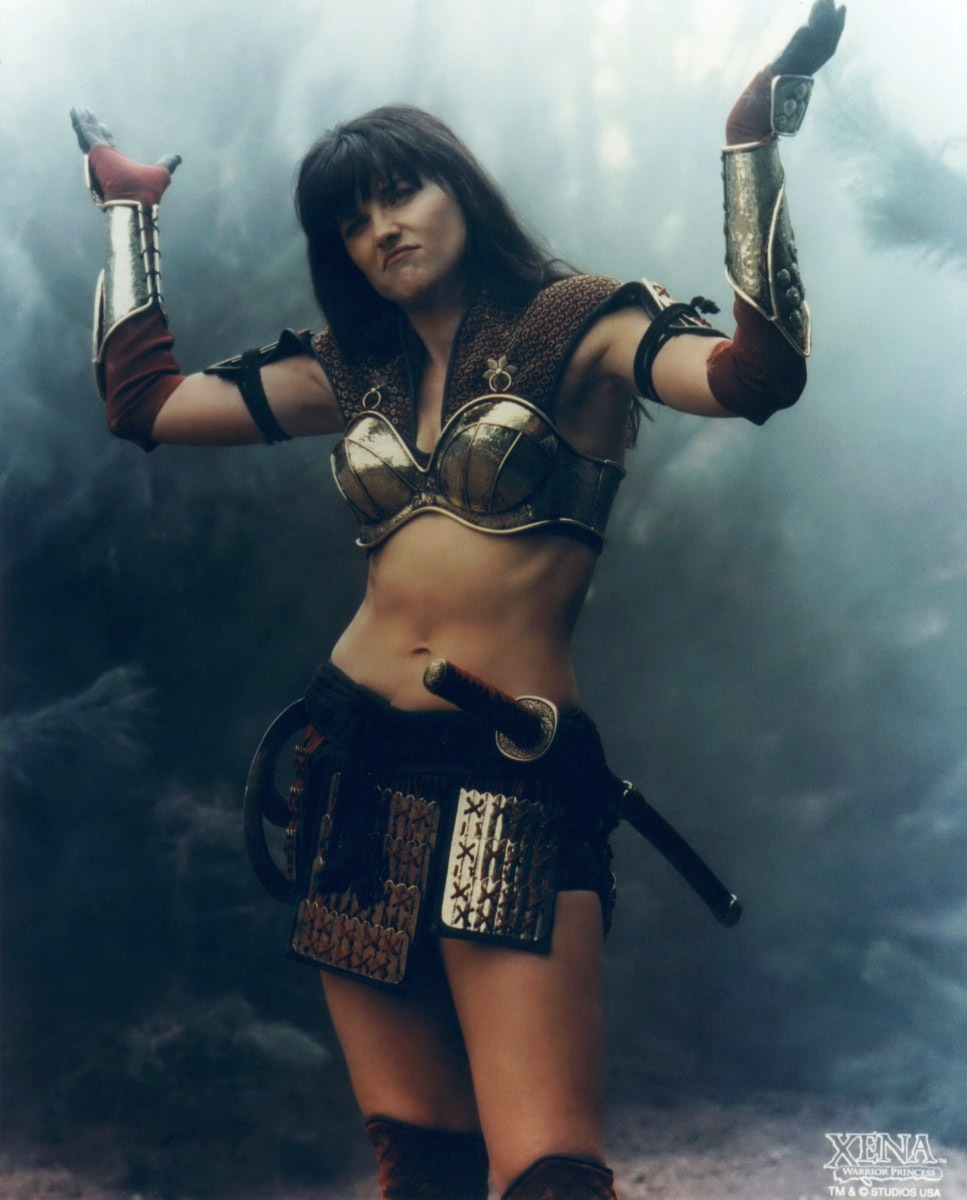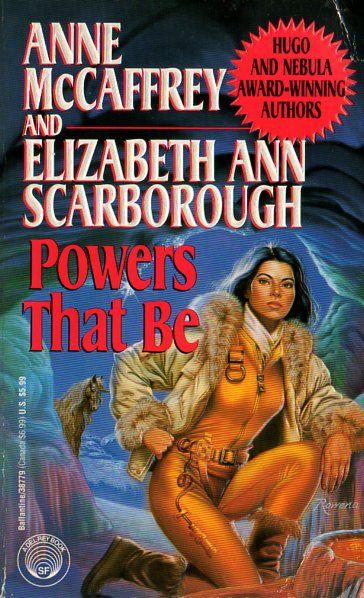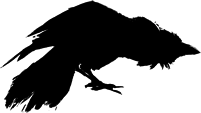This week’s Flashback Friday: Powers That Be by Anne McCaffrey and Elizabeth Anne Scarborough
Anthropomorphism has been used in science fiction and fantasy for…well, as long as the genre has existed. In fact, Aesop’s fables are fraught with it, as are many religious texts. I think my first exposure to it was in reading various fairy tales, and while I understood animals acting like humans, I’d not given a lot of thought to the idea of a human being existing as part animal–at least not beyond the realm of mermaids and werewolves.
 Because the study of mythology wasn’t encouraged in my childhood home, I didn’t get a heavy dose of the Greek myths and tragedies. Centaurs, sphinxes, and sirens were foreign words to me until I discovered the world of science fiction and fantasy. (And I will admit to also getting an education in Greek mythology a la Xena: Warrior Princess, inaccurate though it was at times.)
Because the study of mythology wasn’t encouraged in my childhood home, I didn’t get a heavy dose of the Greek myths and tragedies. Centaurs, sphinxes, and sirens were foreign words to me until I discovered the world of science fiction and fantasy. (And I will admit to also getting an education in Greek mythology a la Xena: Warrior Princess, inaccurate though it was at times.)
Powers That Be was an interesting series for me. I loved the main character: a woman who didn’t take shit from anyone, especially when it turned up that she was in love with someone with an unconventional background. In fact, Major Yanaba falls in love with a selkie.
 This book was my first encounter with selkies. It wasn’t so much that the character was a selkie, so much as the idea of a human loving something so alien. It was a huge eye-opener for me at this age. Sure, I’d seen Captain Kirk fall in love with a few alien women, and I’d seen countless humans love aliens in film, but almost all of them were humanoid. In films and shows like this, there was no “ick factor” in my teenage brain when trying to wrap my head around alien sex, because the aliens looked human.
This book was my first encounter with selkies. It wasn’t so much that the character was a selkie, so much as the idea of a human loving something so alien. It was a huge eye-opener for me at this age. Sure, I’d seen Captain Kirk fall in love with a few alien women, and I’d seen countless humans love aliens in film, but almost all of them were humanoid. In films and shows like this, there was no “ick factor” in my teenage brain when trying to wrap my head around alien sex, because the aliens looked human.
At fourteen, sex was a weird enough word as it was. It was something never talked about in front of my father, something worth blushing over in front of friends, and something whispered about in school hallways. Nuances in books and films about human and alien relationships took on new meanings at this point, and my teenage-self wasn’t sure how I felt about this.
But in reading this series, I grew to understand that relationships and love involved more than the physical and that different wasn’t necessarily bad. I suspect seeing strong relationships in books like this is what helped further open my mind to the idea of interracial relationships as well as those between members of the LGBT community. If a selkie and a human could love one another, how weird could two men (or two women, etc.) loving each other really be?
Not weird at all.
When developing characters and their relationships, sexual preference and species are just descriptors like their native language and height. They’re parts of the character, but normal parts to my adult mind. The leap to that conclusion helped transition me from a wanna-be writer to a professional who understood the complexities of inter-species relationships.
Reading books like this also helped me to understand that when world building, sticking to mostly humanoid aliens can get rather boring. I’ve been accused of this by a small number of reviews of Class-M Exile, which is silly to me. While some are bipedal and walk upright, several creatures of Bay-zar and the other planets are tripedal, quadrupedal, bug-eyed, etc. I make it a point to try and create aliens who are alien. I’m still learning how to view things from an alien perspective, which is why I had so much fun with Eerl. Here was an alien who fell afoul of generalizations!
When I think about what life could be out there in the stars, I don’t worry so much about whether they love like us. In fact, it doesn’t matter. Considering the way my cats care for one another, humans are not the only species to love. It may look a little different, but it’s love nonetheless.
And that’s a good thing. We need more love in this universe.
(Image from Xena Warrior Princess is used under fair use for commentary purposes and is Copyright Renaissance Pictures of New Zealand.)

